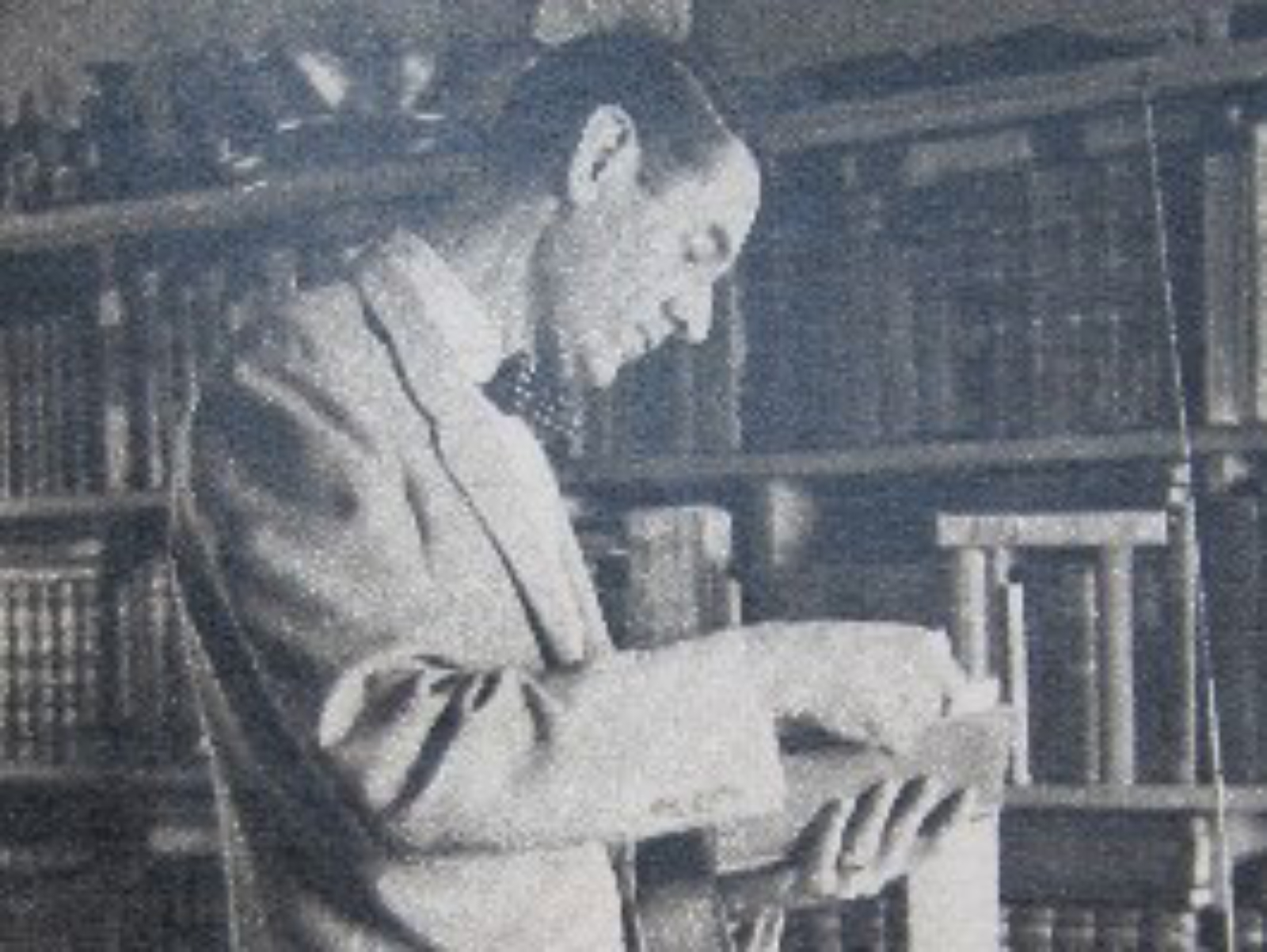Robert G. Reichert

American
1921(Birth)
18 January 1996(Death)
Biography
Considered one of Seattle’s most outspoken architects, Robert George Reichert’s projects, although few in number, made a lasting impact on their surrounding environments. Born in Fargo, North Dakota on March 23, 1921, Robert George Chase Reichert was raised in Minneapolis. Reportedly he had two obsessions: architecture and organ music. He noted that these obsessions were inspired by touring great cathedrals as a child and considered the two fields to be closely related. After studying at the University of Minnesota where he recieved his Bachelor's degree in Architecture in 1947, Reichert continued his education at Harvard where he acquired a Master’s in Architecture in 1951.
For a short time, Reichert also studied at the Royal College of Organists in London and later served as the organist for the Sixth Church of Christ Scientist in Seattle. In 1948 he moved to Seattle to take a job as an architectural proffessor at the University of Washington (a position he held sporadically until 1979). That same time he aquired his architectural license.
Reichert opened his own architectural firm in Seattle in 1951 with the intent of practicing what he termed "philosophical architecture and romanticism in the arts". He embarked on creating his distinctive style of architecture by designing bold, expressive, and controversial buildings. Among his more notable works are the Egan House (1958) in the Eastlake neighborhood now owned by Historic Seattle; his own home (1952) on Queen Anne, which incorporated an early use of “super graphics”; the Miller House (1956) in Stanwood, the Robert Eckman House (1961); the Torre House (1964); the Close House (1965) in Lake Stevens; the Alden Winters House (1969); Reichart's designs in Seattle were well publicized due to their unusual qualities, which differed from other Modern-era dwellings. His work was published in a variety of magazines including: Architectural Review, Architecture West, and L'Architectura. In 1959, Frederick & Nelson’s downtown Seattle department store displayed drawings of many of Reichert’s Seattle and Western Washington houses. The display was sponsored by the local chapter of the AIA, and featured his concepts on windows as “elements of light diffusion and transparency.” He described his designs as “romantic rather than functional . . . sculptural in form and traditional in mannerism.”
Reichert passed away in Seattle on January 18, 1996.
text by Michael C. Houser originally featured on Docomomo US/WEWA's register of architects